The Pressure Relief Valve Market (PRV) Market is currently characterized by a dynamic competitive landscape, driven by increasing safety regulations and the growing demand for efficient pressure management solutions across various industries. Key players such as Emerson (US), Honeywell (US), and Pentair (US) are strategically positioned to leverage their technological expertise and extensive product portfolios. Emerson (US) focuses on innovation and digital transformation, enhancing its offerings with smart technologies that integrate seamlessly into industrial automation systems. Honeywell (US), on the other hand, emphasizes sustainability and energy efficiency, aligning its product development with global environmental standards. Pentair (US) is actively pursuing regional expansion, particularly in emerging markets, to capitalize on the rising demand for PRVs in sectors like oil and gas and water management. Collectively, these strategies not only enhance their competitive positioning but also contribute to a more robust market environment.
In terms of business tactics, companies are increasingly localizing manufacturing to reduce lead times and optimize supply chains. This approach appears to be particularly effective in a moderately fragmented market, where the collective influence of key players shapes pricing strategies and product availability. The competitive structure is evolving, with larger firms acquiring smaller entities to enhance their technological capabilities and market reach, thereby fostering a more concentrated market landscape.
In August 2025, Emerson (US) announced the launch of its new line of smart pressure relief valves, which integrate IoT capabilities for real-time monitoring and predictive maintenance. This strategic move is likely to position Emerson as a leader in the digital transformation of the PRV market, catering to industries that prioritize operational efficiency and safety. The introduction of these advanced products may also set a new standard for performance and reliability in pressure management solutions.
In July 2025, Honeywell (US) unveiled its latest sustainability initiative, which includes the development of eco-friendly pressure relief valves designed to minimize environmental impact. This initiative not only aligns with global sustainability goals but also enhances Honeywell's brand reputation as a responsible corporate entity. By focusing on environmentally friendly solutions, Honeywell is likely to attract a broader customer base that values sustainability in their purchasing decisions.
In September 2025, Pentair (US) completed the acquisition of a regional valve manufacturer in Southeast Asia, significantly expanding its market presence in that region. This acquisition is expected to enhance Pentair's production capabilities and distribution network, allowing the company to better serve the growing demand for PRVs in Asia. Such strategic moves indicate a trend towards consolidation in the market, as companies seek to strengthen their foothold in key geographical areas.
As of October 2025, the PRV market is witnessing trends such as digitalization, sustainability, and the integration of artificial intelligence into product offerings. Strategic alliances among key players are becoming increasingly common, as companies collaborate to enhance their technological capabilities and market reach. Looking ahead, competitive differentiation is likely to evolve from traditional price-based competition to a focus on innovation, advanced technology, and supply chain reliability. This shift suggests that companies that prioritize these aspects will be better positioned to thrive in the evolving market landscape.


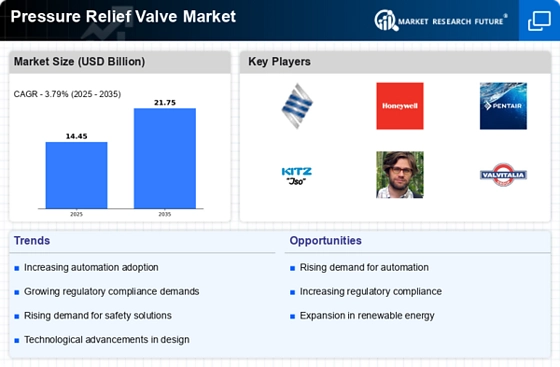


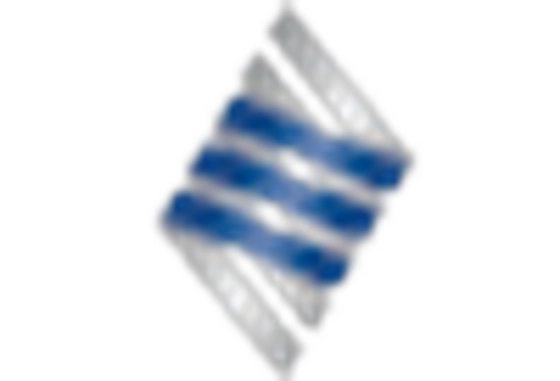

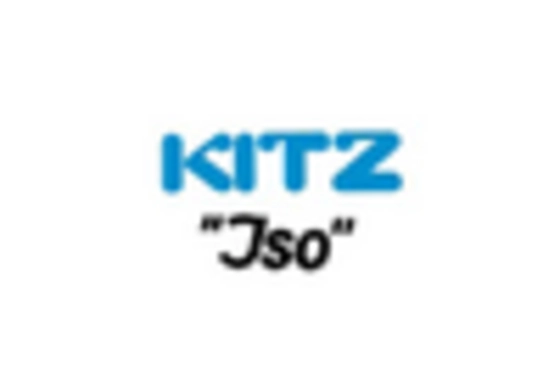
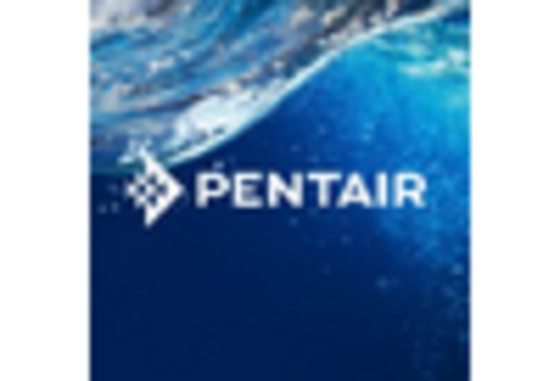
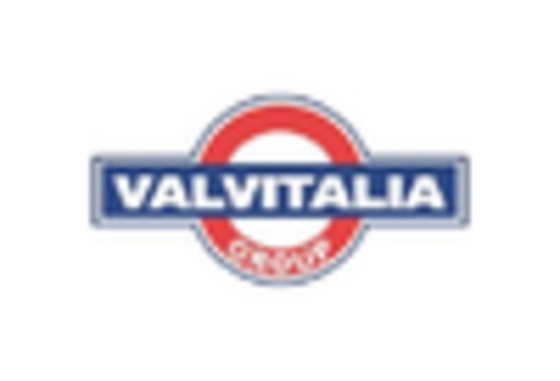








Leave a Comment